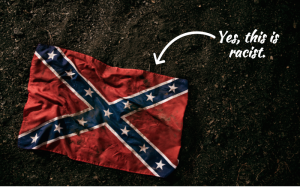It’s not that young people aren’t working; it’s that they’re not getting paid. How did we get to a point in America where you could work a full-time job, forty hours a week, five days a week, 52 weeks a year and still be in poverty?
Let’s go back to the beginning. In 1938, President Franklin Roosevelt established the minimum wage of 25 cents per hour under this simple premise: Pay your workers enough so that they can afford the basic necessities of life.
But the true impact of minimum wage is measured through its purchasing power. Since the beginning, its purchasing power has fluctuated because the minimum wage has never been tied to inflation.
For most of the 50s and 60s, an influential middle class helped create bipartisan support for minimum wage increases, which kept a family of three above the poverty line.
In 1966, Congress extended the minimum wage to tip workers like waiters and valets. The minimum wage hit its peak in 1968, when it was $1.60 per hour, which is today’s equivalent of $10.75. But in the 1970s, inflation was high in the US, and the minimum wage increase barely kept pace with rising cost.
When conservative economics became popular with President Ronald Reagan’s election in 1980, the consensus was that markets – not the government – should dictate raises, and that artificially raising pay would hurt the economy by limiting job growth.
As a result, there was no raise throughout eight years of Reagan’s office. With continuing inflation and the rising cost, the purchasing power of the minimum wage plummeted.
Even in ’96 under President Clinton, when the minimum wage was raised from $4.25 to $5.15, restaurant owners successfully lobbied to prevent raises to the tipped minimum wage of workers. Since then, the tipped wage has been frozen at $2.13.
Today, the federal minimum wage is only $7.25 an hour, with far lower purchasing power than in the 1960s. If you work forty hours per week, 52 weeks per year at the minimum wage, your annual income is only $15,080. For a family of just two, that is below the federal poverty line.
So how do we change our economy to serve young American workers? It’s up to you to vote for it.




















